Impossible angles: a new show of Arnaldo Pomodoro’s sculptures at Tornabuoni Art
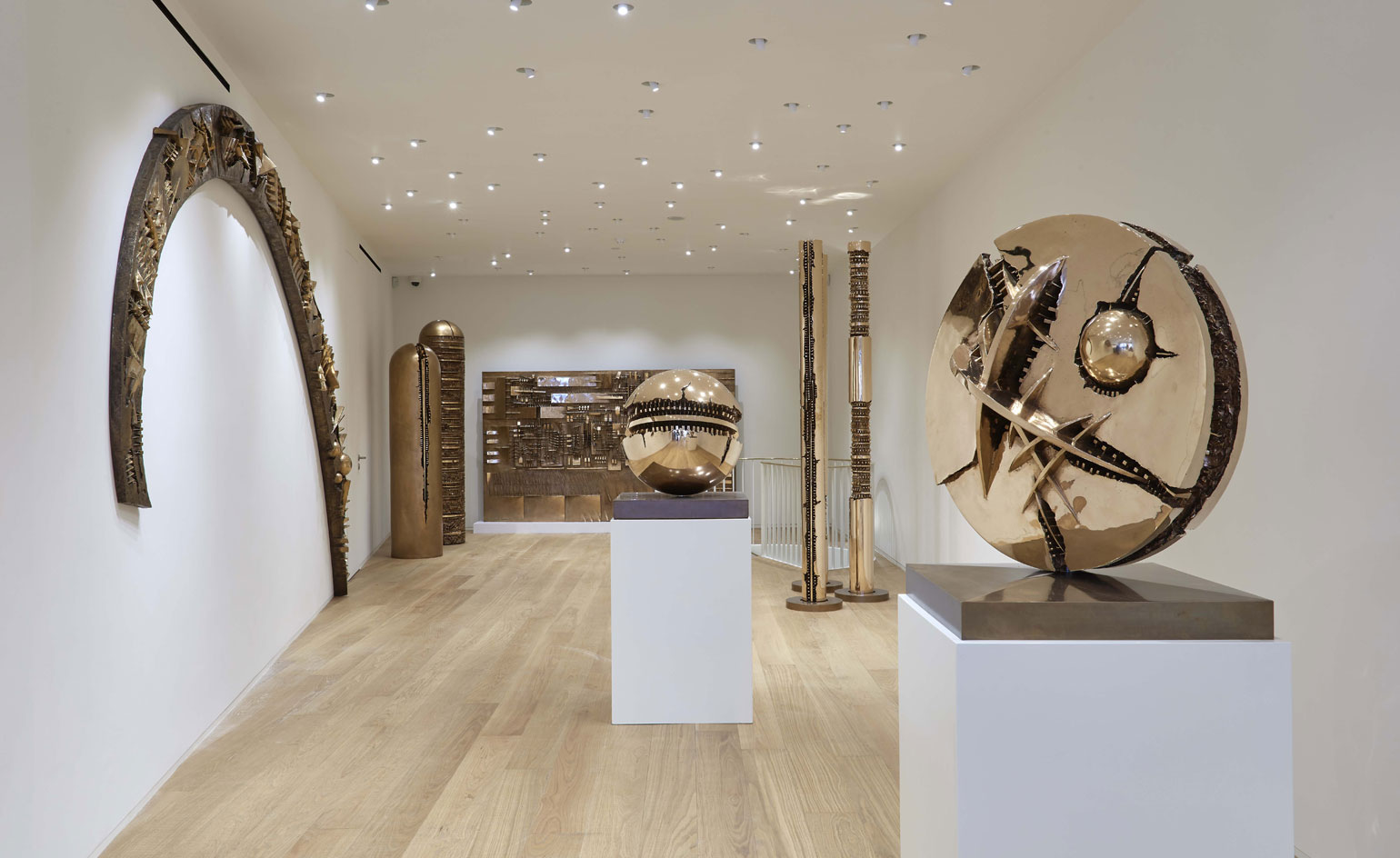
It's hard not to feel a little uneasy taking in the cracked, queasy shapes that comprise Arnaldo Pomodoro's sculptures. The Italian's works – resplendent in burnished bronze – are highly intricate and imposingly tactile, their torn, split forms as redolent of the retro-fitted and hellish futurescapes of Giger, Blade Runner and Clive Barker's Hellraiser – to a certain kind of Millennial audience, at any rate – as they are referential of the anachronistic mysticism and architecture the artist has confirmed as influences. It's beguiling stuff.
Thirty-five of these are on display as a new show – 'Arnaldo Pomodoro' – opening today at London's Tornabuoni Art. Pomodoro's first London showing in 50 years, the exhibition is a retrospective spanning half a century and encompassing early explorations in the interpretation of language and signs (such as 1960's Grande Tavola die Segni, via which the artist conveys a 'secret language, full of poetic myths and personal symbolism'); his reconstitutions of the themes and theories of Fontana's mid-century spatialist art movement; and more contemporary works, such as the exploded spheres of Sfera and Disco (2013 and 2014), the piercing shard of Senza titolo, 2015, and the densely packed half-hieroglyphs of 2010's Continuum series.
Sfera is a particularly pointed example of Pomodoro's embrace of spatialism – first pursued in the 1950s and the reason for which the artist has made embellished geometric forms the core of his creative practice ever since. Cracked open by 'a delirious succession of fragments searching for order' to reveal an inorganic core (or 'nucleus'), the work is a reflection of the movement’s demands in breaking the perfect surface of an artwork to locate the possibilities therein.
'After the success of the ground-breaking retrospective of Arnaldo Pomodoro in our Paris gallery in 2009, we couldn’t wait to bring these sculptures to London,' says Ursula Casamonti, Tornabuoni Art's director. 'In this ambitious sculptural exhibition we wanted to show a different side of spatialist research to the work that was presented within our inaugural Lucio Fontana retrospective.'

The Italian’s works – resplendent in burnished bronze – are highly intricate and imposingly tactile, referential of anachronistic mysticism and architecture. Pictured left: Grande Tavola dei Segni, 1961–62. Right: Cronaca 3 Ugo Mulas, 1976
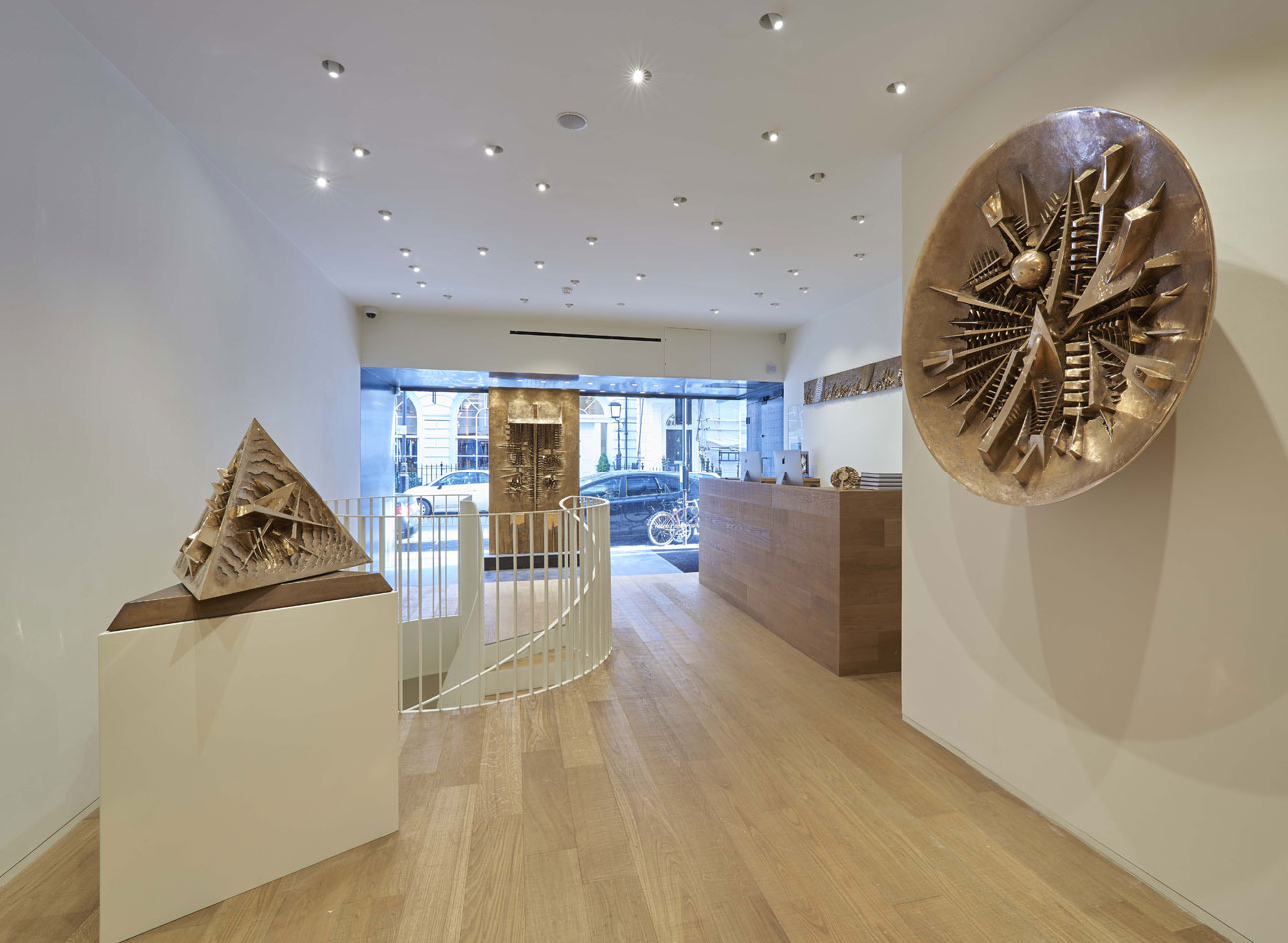
Over two floors, the show includes early explorations in the interpretation of language and signs; Pomodoro’s reconstitutions of the themes of Fontana’s mid-century spatialist art movement; and more contemporary works
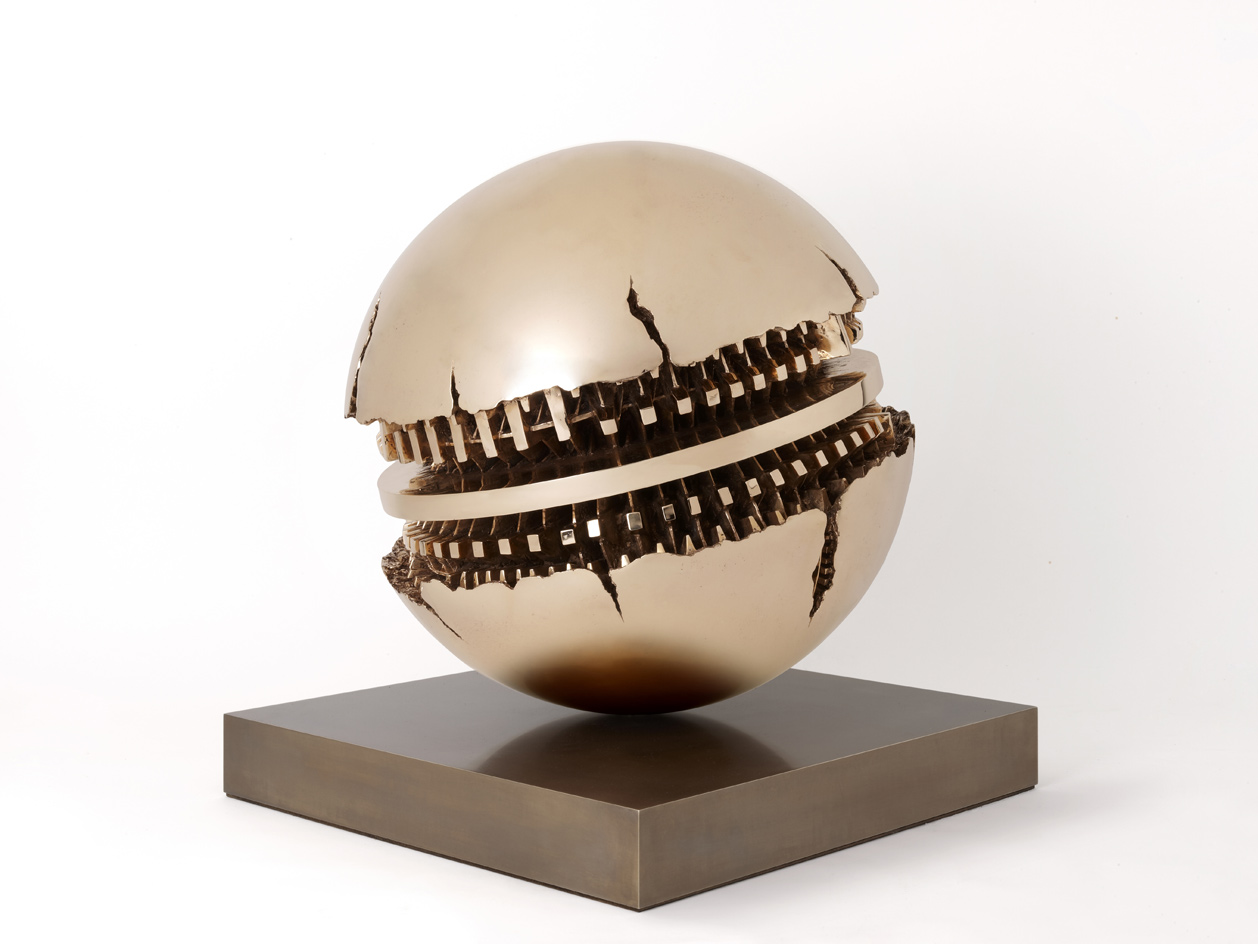
Sfera, 2013, is a particularly pointed example of Pomodoro’s embrace of spatialism; cracked open to reveal an inorganic core, the work’s surface is seemingly ruptured to reveal the nucleus
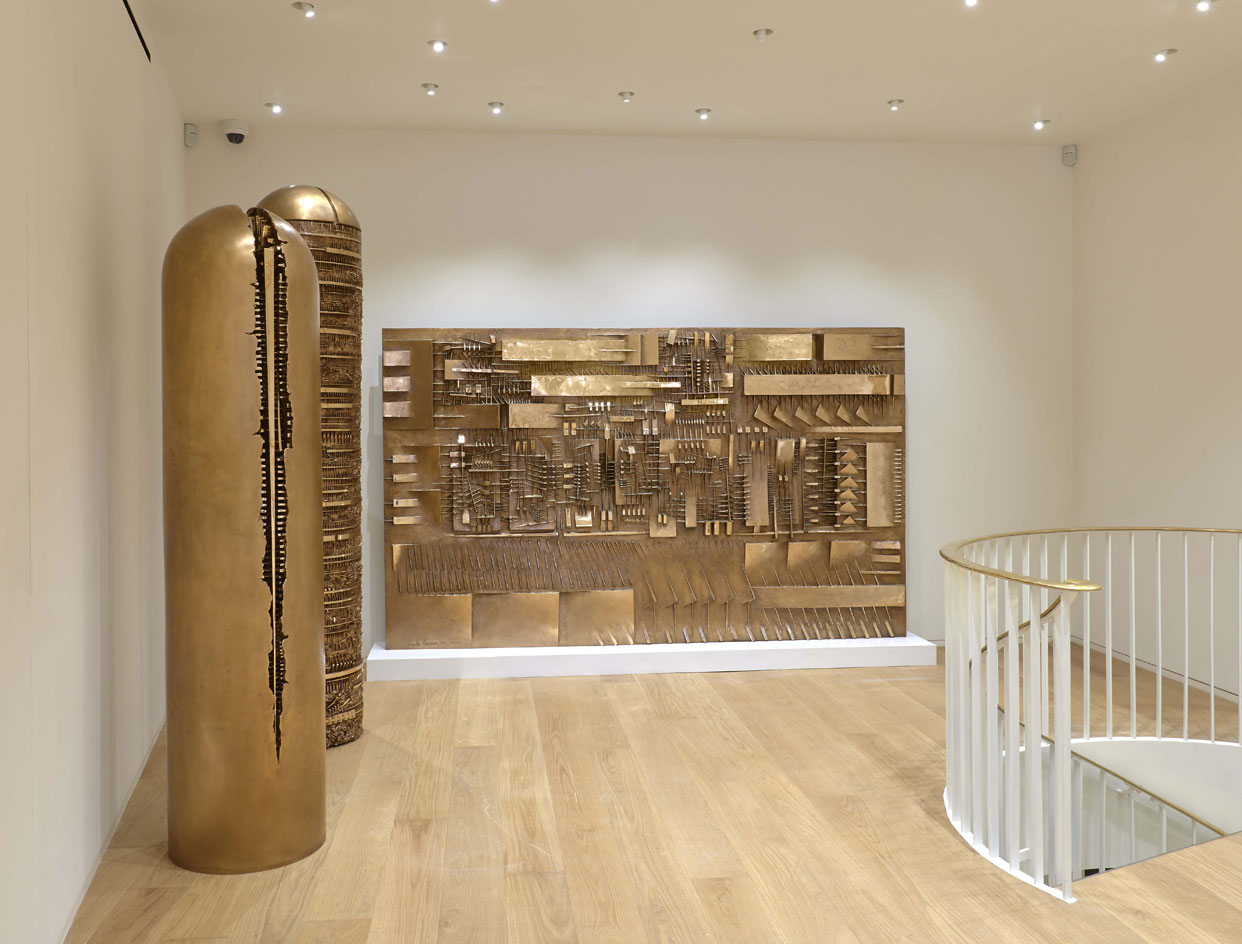
’After the success of the ground-breaking retrospective of Arnaldo Pomodoro in our Paris gallery in 2009, we couldn’t wait to bring these sculptures to London,’ says Ursula Casamonti, Tornabuoni Art’s director
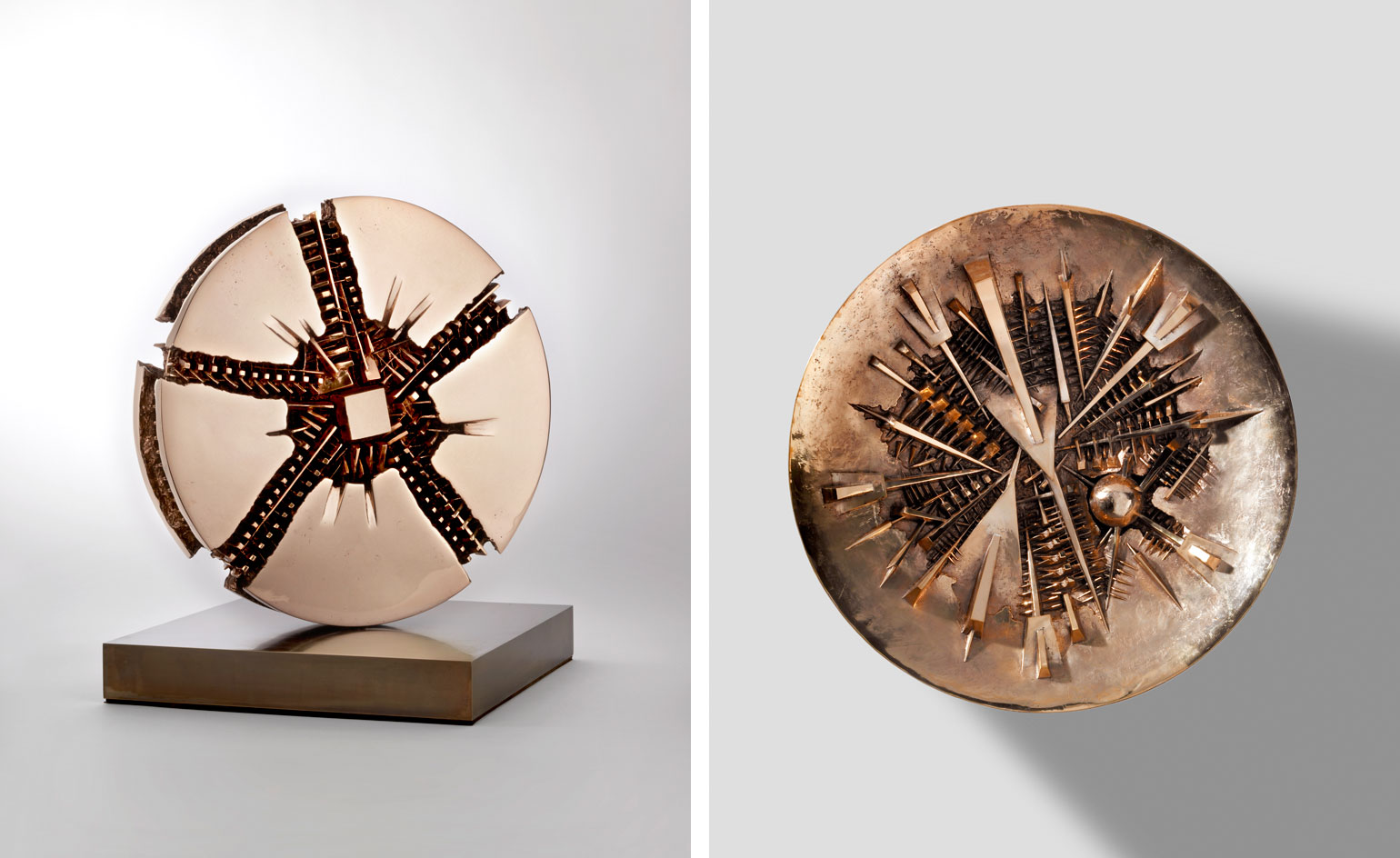
Pictured left: Disco, 2014. Right: Disco concavo, 2011
INFORMATION
’Arnaldo Pomodoro’ is on view until 16 April. For more information, visit Tornabuoni Art’s website
Photography: Prudence Cuming. Courtesy Tornabuoni Art London
ADDRESS
Tornabuoni Art London
46 Albemarle Street
London, W1S 4JN
Receive our daily digest of inspiration, escapism and design stories from around the world direct to your inbox.
Tom Howells is a London-based food journalist and editor. He’s written for Vogue, Waitrose Food, the Financial Times, The Fence, World of Interiors, Time Out and The Guardian, among others. His new book, An Opinionated Guide to London Wine, will be published by Hoxton Mini Press later this year.
-
 The Testament of Ann Lee brings the Shaker aesthetic to the big screen
The Testament of Ann Lee brings the Shaker aesthetic to the big screenDirected by Mona Fastvold and featuring Amanda Seyfried, The Testament of Ann Lee is a visual deep dive into Shaker culture
-
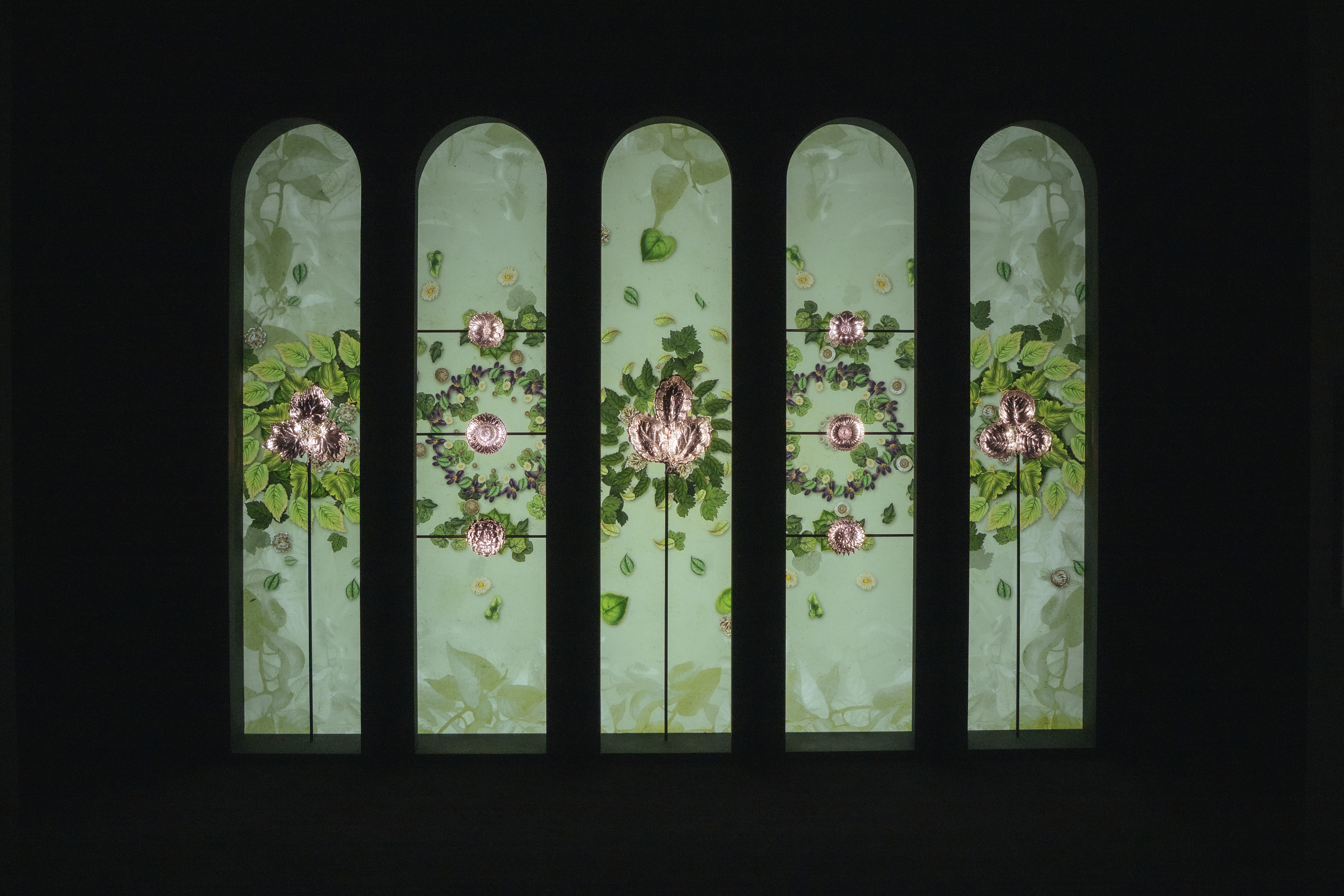 Dive into Buccellati's rich artistic heritage in Shanghai
Dive into Buccellati's rich artistic heritage in Shanghai'The Prince of Goldsmiths: Buccellati Rediscovering the Classics' exhibition takes visitors on an immersive journey through a fascinating history
-
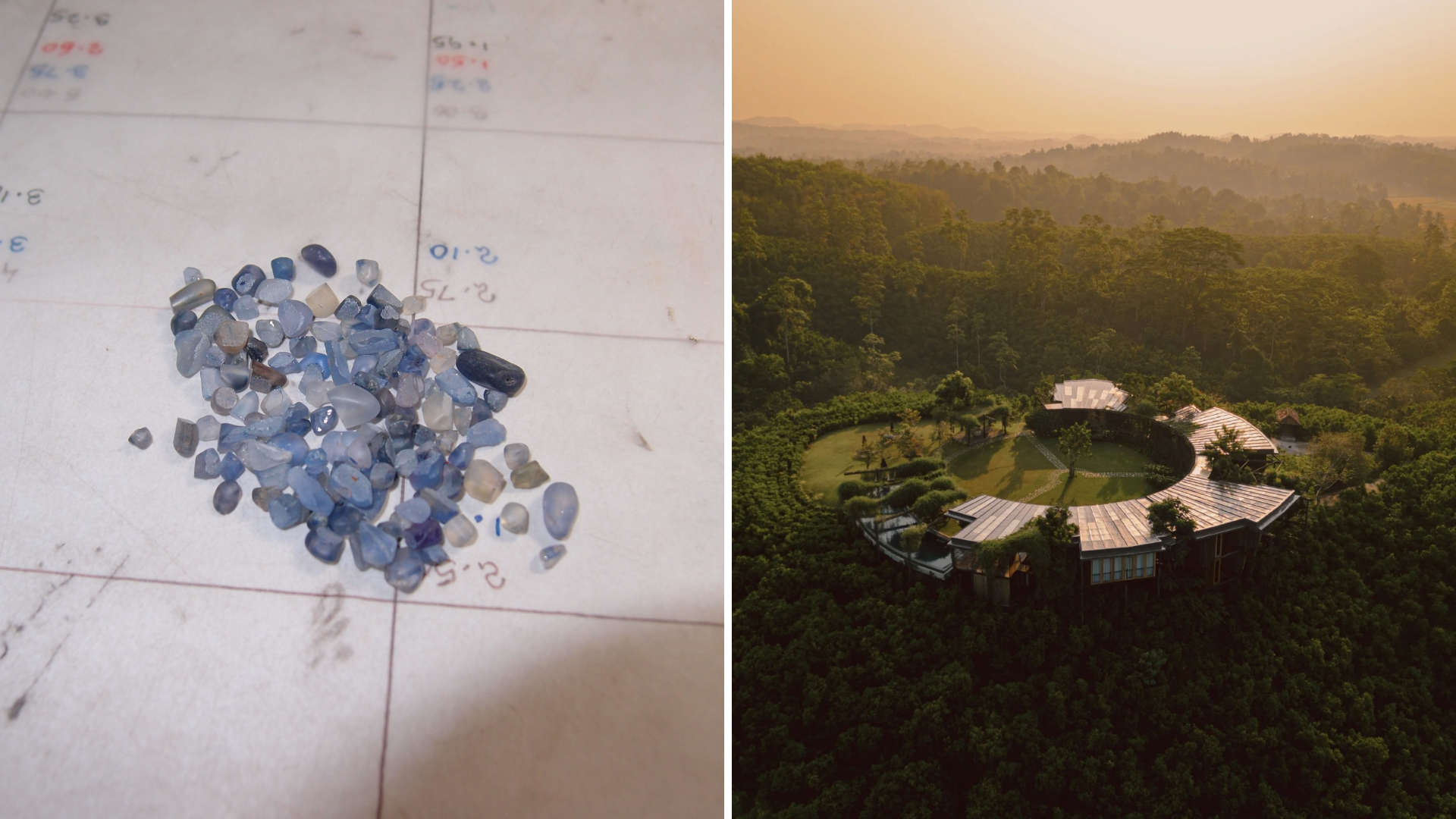 Love jewellery? Now you can book a holiday to source rare gemstones
Love jewellery? Now you can book a holiday to source rare gemstonesHardy & Diamond, Gemstone Journeys debuts in Sri Lanka in April 2026, granting travellers access to the island’s artisanal gemstone mines, as well as the opportunity to source their perfect stone
-
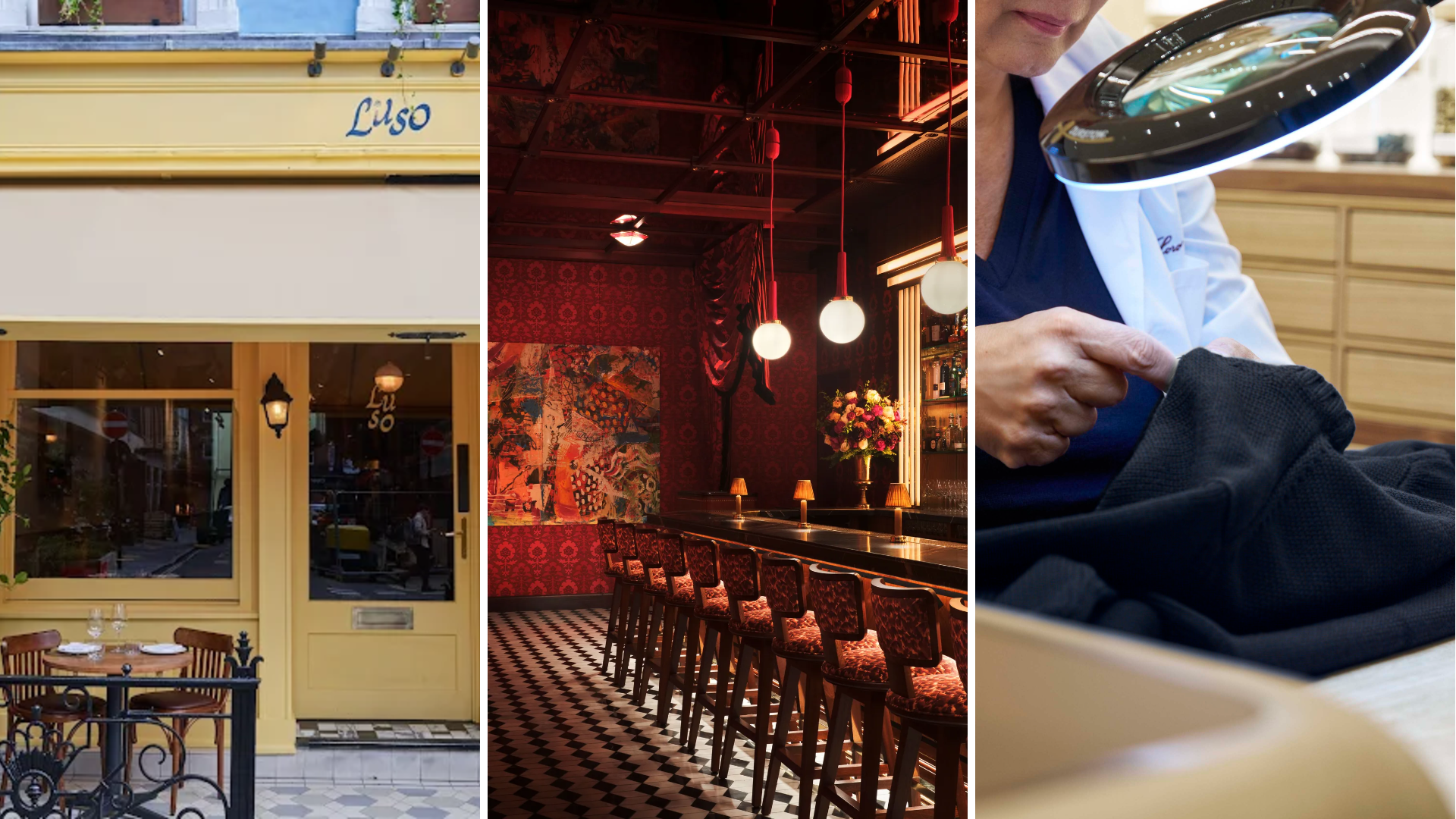 Out of office: The Wallpaper* editors’ picks of the week
Out of office: The Wallpaper* editors’ picks of the week'Tis the season for eating and drinking, and the Wallpaper* team embraced it wholeheartedly this week. Elsewhere: the best spot in Milan for clothing repairs and outdoor swimming in December
-
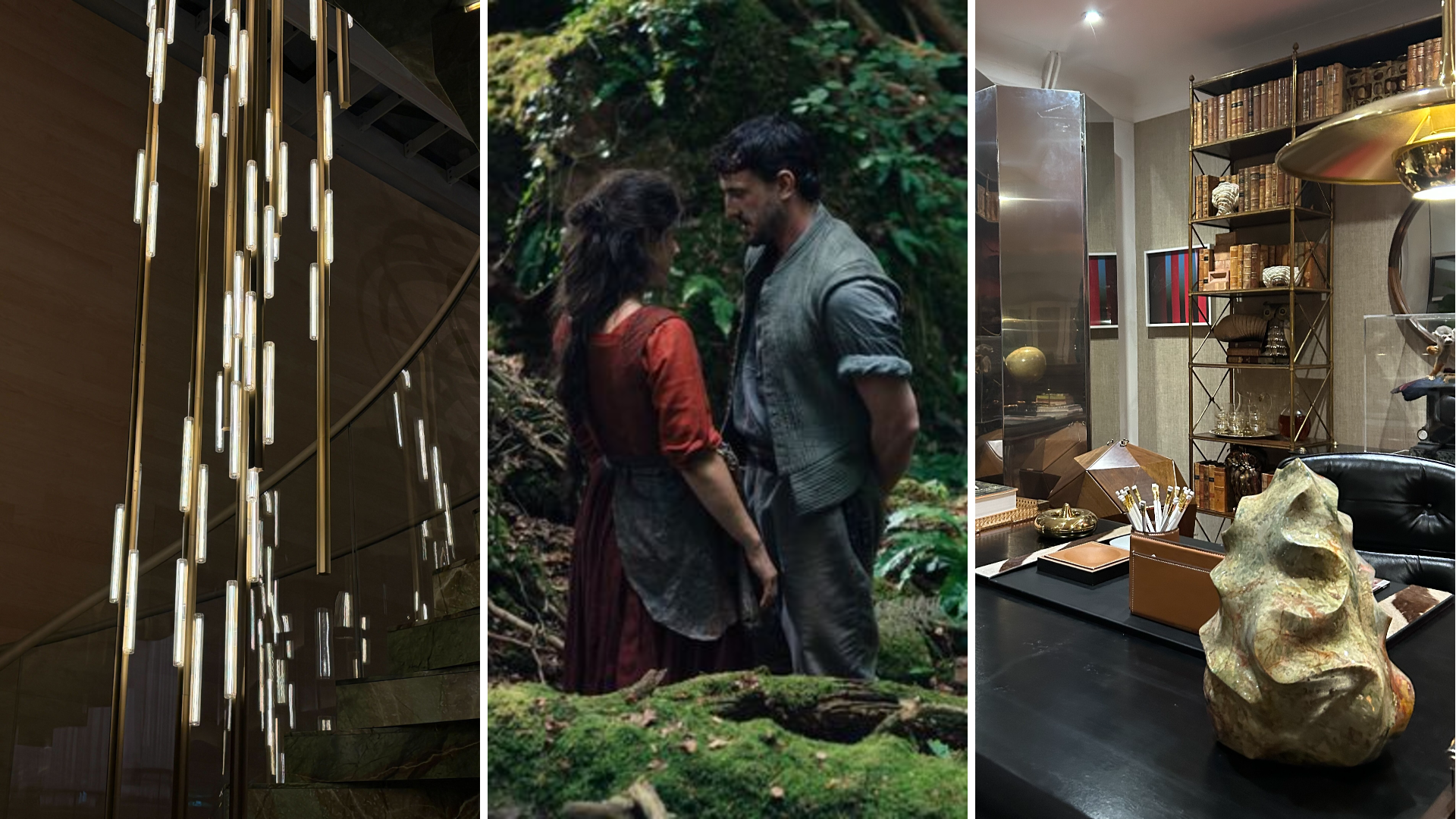 Out of office: The Wallpaper* editors’ picks of the week
Out of office: The Wallpaper* editors’ picks of the weekFar from slowing down for the festive season, the Wallpaper* team is in full swing, hopping from events to openings this week. Sometimes work can feel like play – and we also had time for some festive cocktails and cinematic releases
-
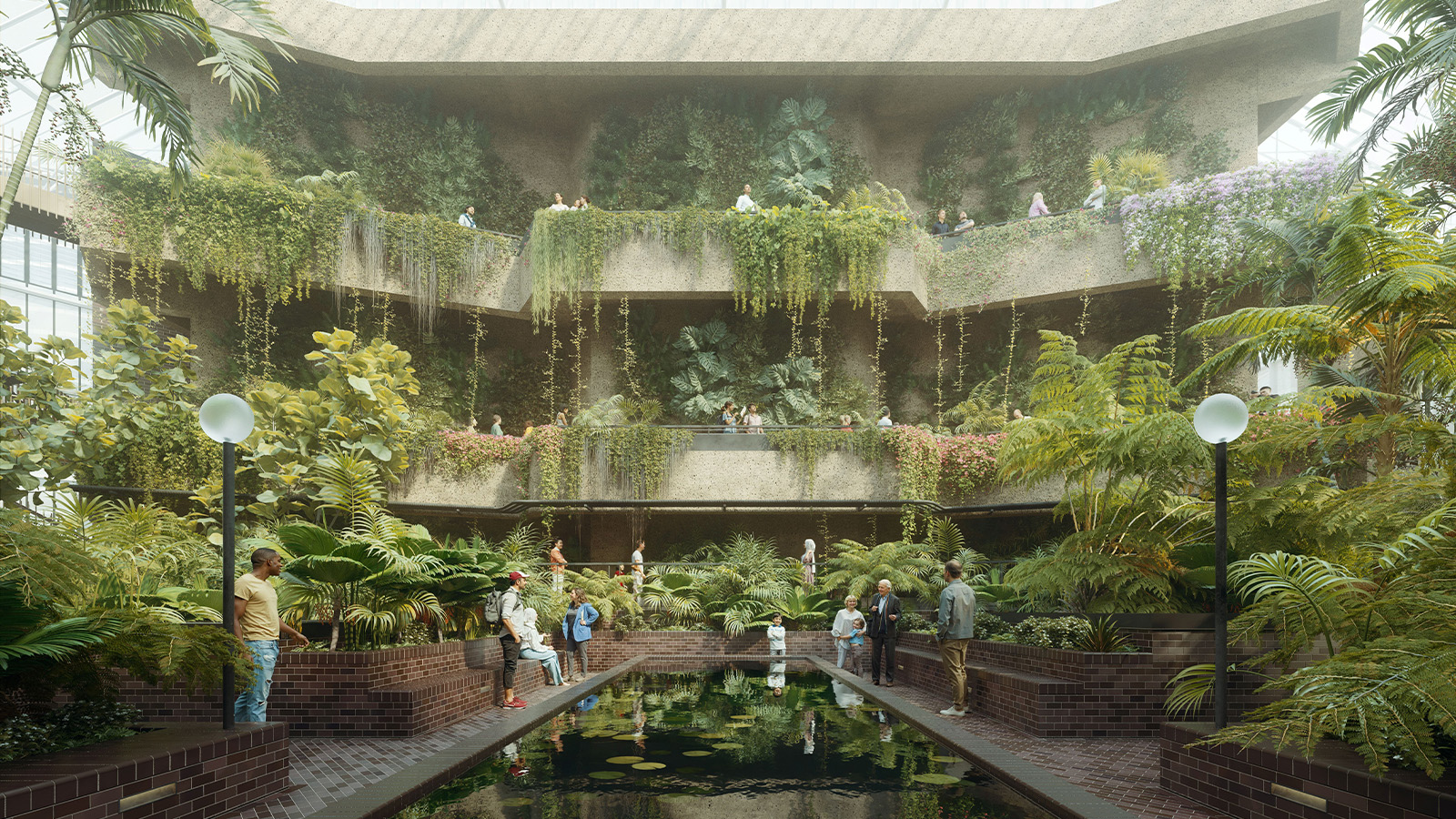 The Barbican is undergoing a huge revamp. Here’s what we know
The Barbican is undergoing a huge revamp. Here’s what we knowThe Barbican Centre is set to close in June 2028 for a year as part of a huge restoration plan to future-proof the brutalist Grade II-listed site
-
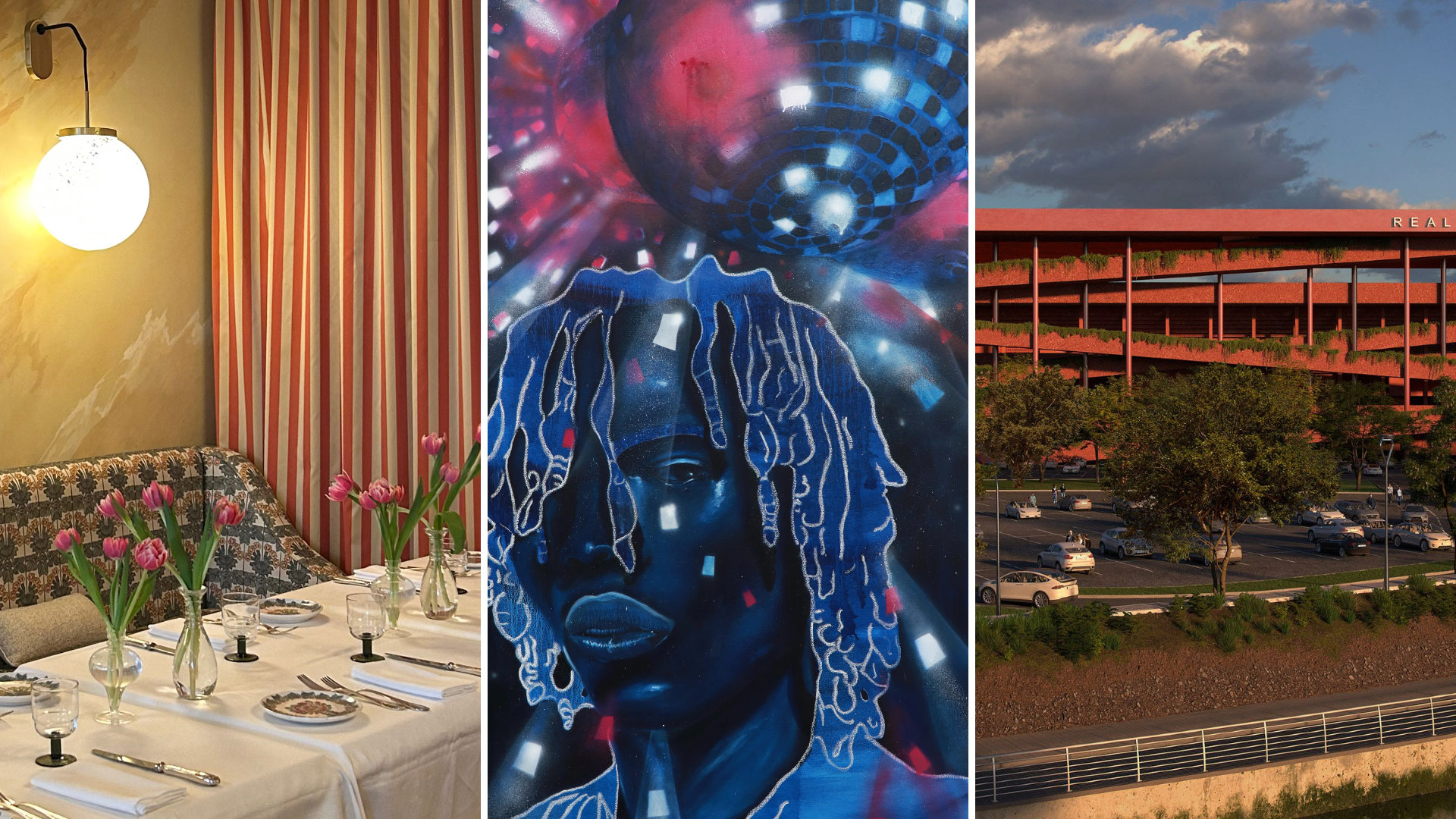 Out of office: The Wallpaper* editors’ picks of the week
Out of office: The Wallpaper* editors’ picks of the weekIt’s wet, windy and wintry and, this week, the Wallpaper* team craved moments of escape. We found it in memories of the Mediterranean, flavours of Mexico, and immersions in the worlds of music and art
-
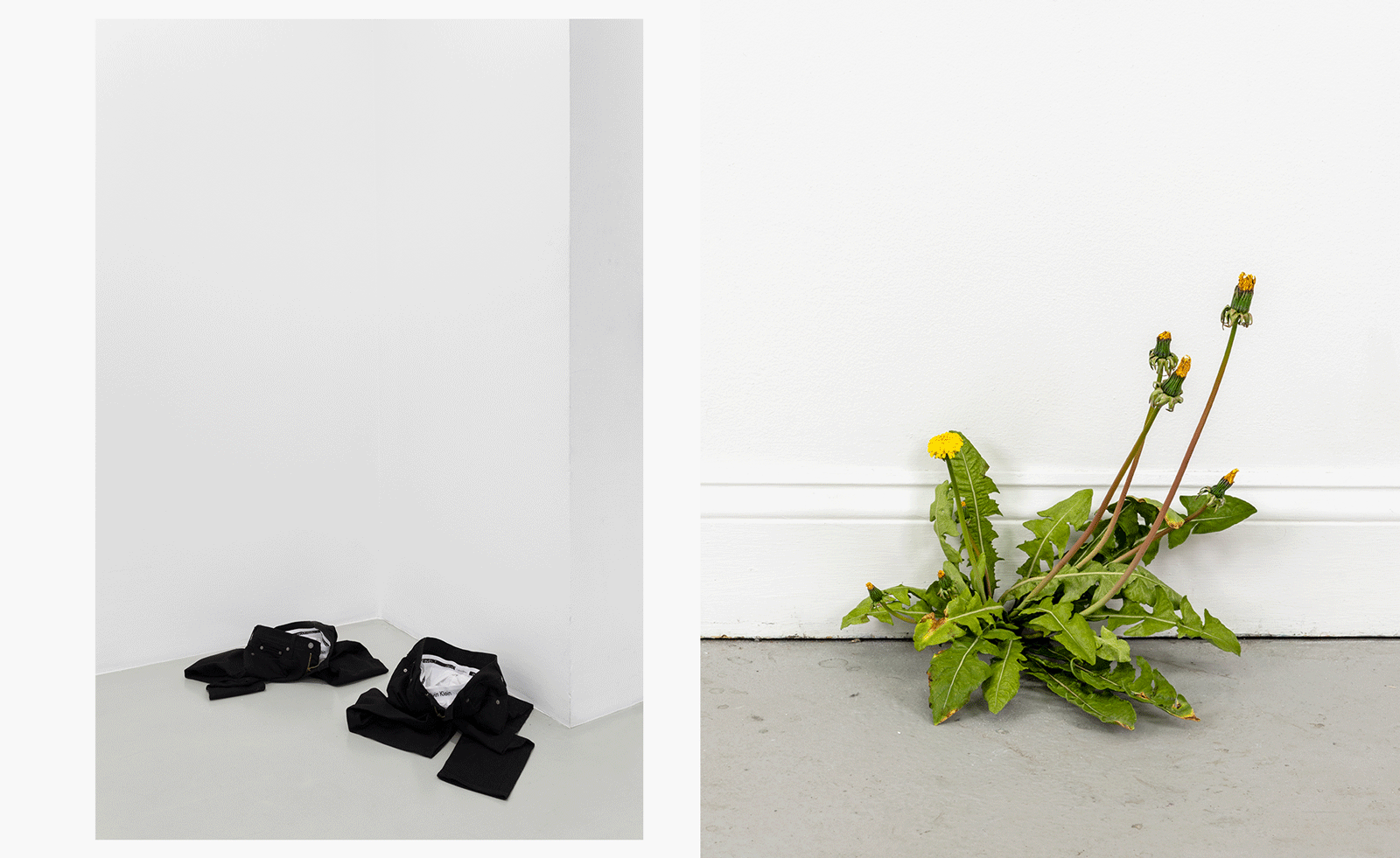 Each mundane object tells a story at Pace’s tribute to the everyday
Each mundane object tells a story at Pace’s tribute to the everydayIn a group exhibition, ‘Monument to the Unimportant’, artists give the seemingly insignificant – from discarded clothes to weeds in cracks – a longer look
-
 Out of office: The Wallpaper* editors’ picks of the week
Out of office: The Wallpaper* editors’ picks of the weekThis week, the Wallpaper* team had its finger on the pulse of architecture, interiors and fashion – while also scooping the latest on the Radiohead reunion and London’s buzziest pizza
-
 Out of office: The Wallpaper* editors’ picks of the week
Out of office: The Wallpaper* editors’ picks of the weekIt’s been a week of escapism: daydreams of Ghana sparked by lively local projects, glimpses of Tokyo on nostalgic film rolls, and a charming foray into the heart of Christmas as the festive season kicks off in earnest
-
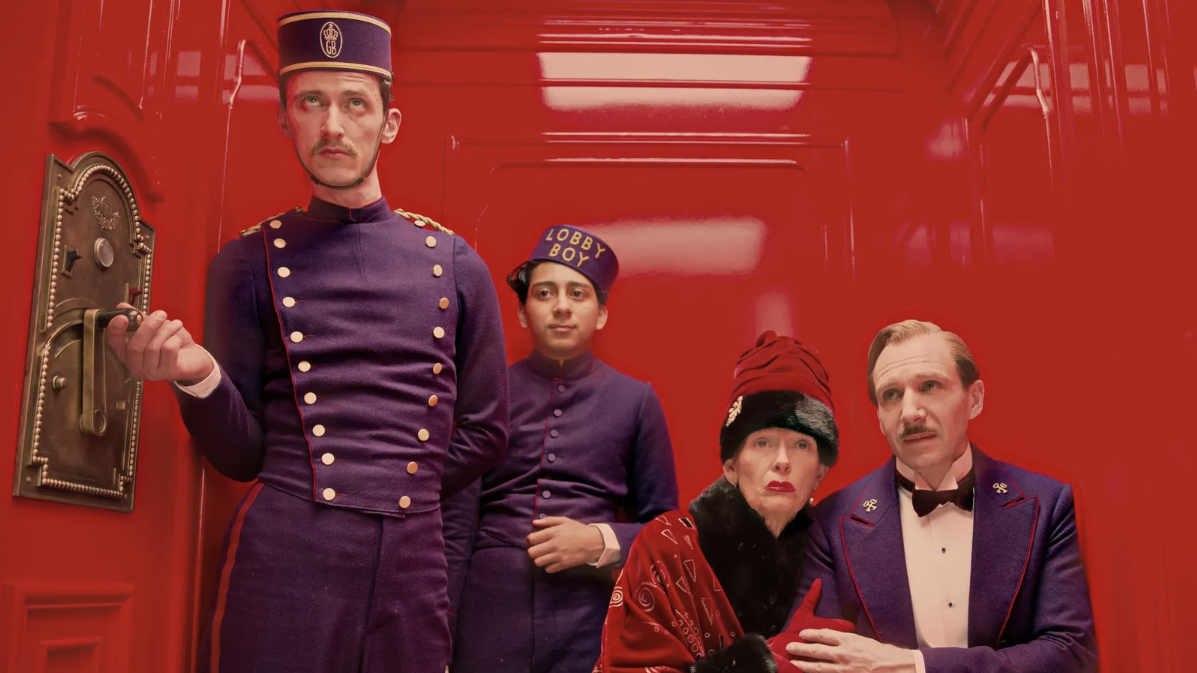 Wes Anderson at the Design Museum celebrates an obsessive attention to detail
Wes Anderson at the Design Museum celebrates an obsessive attention to detail‘Wes Anderson: The Archives’ pays tribute to the American film director’s career – expect props and puppets aplenty in this comprehensive London retrospective